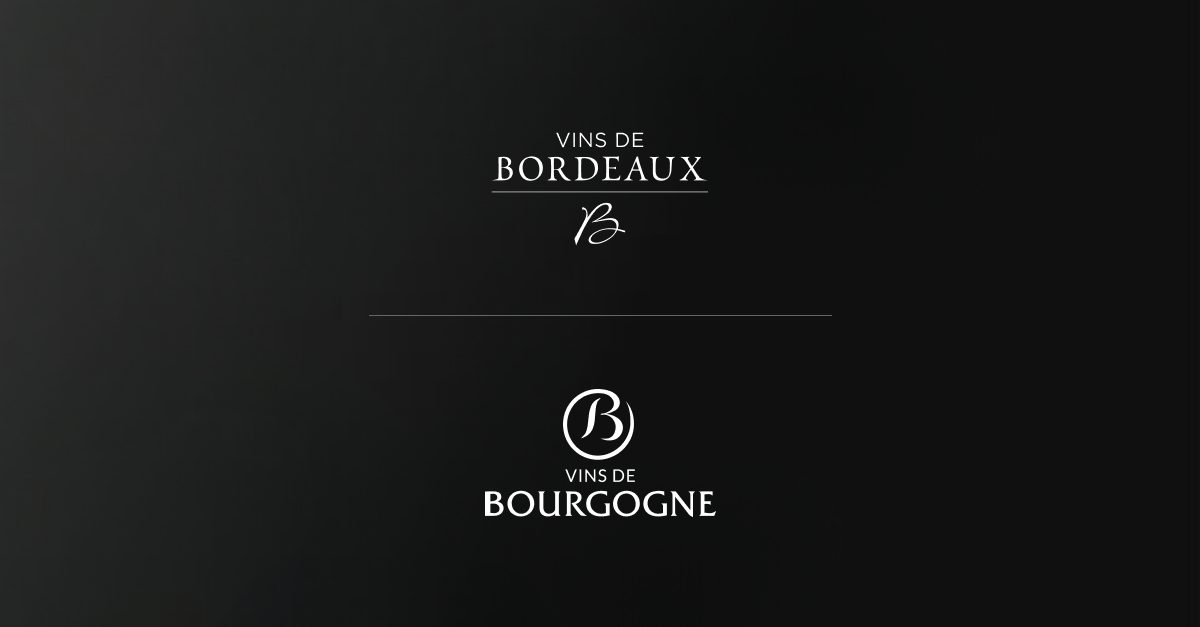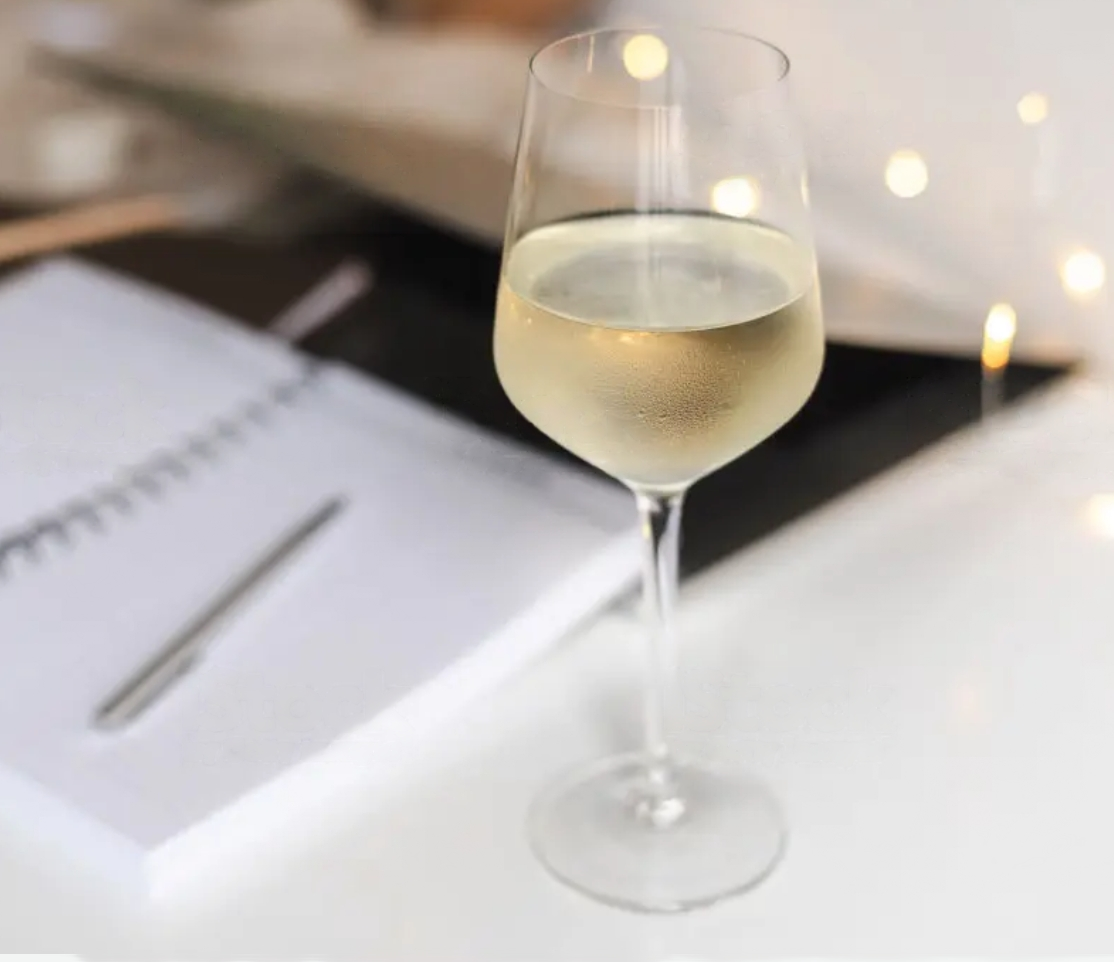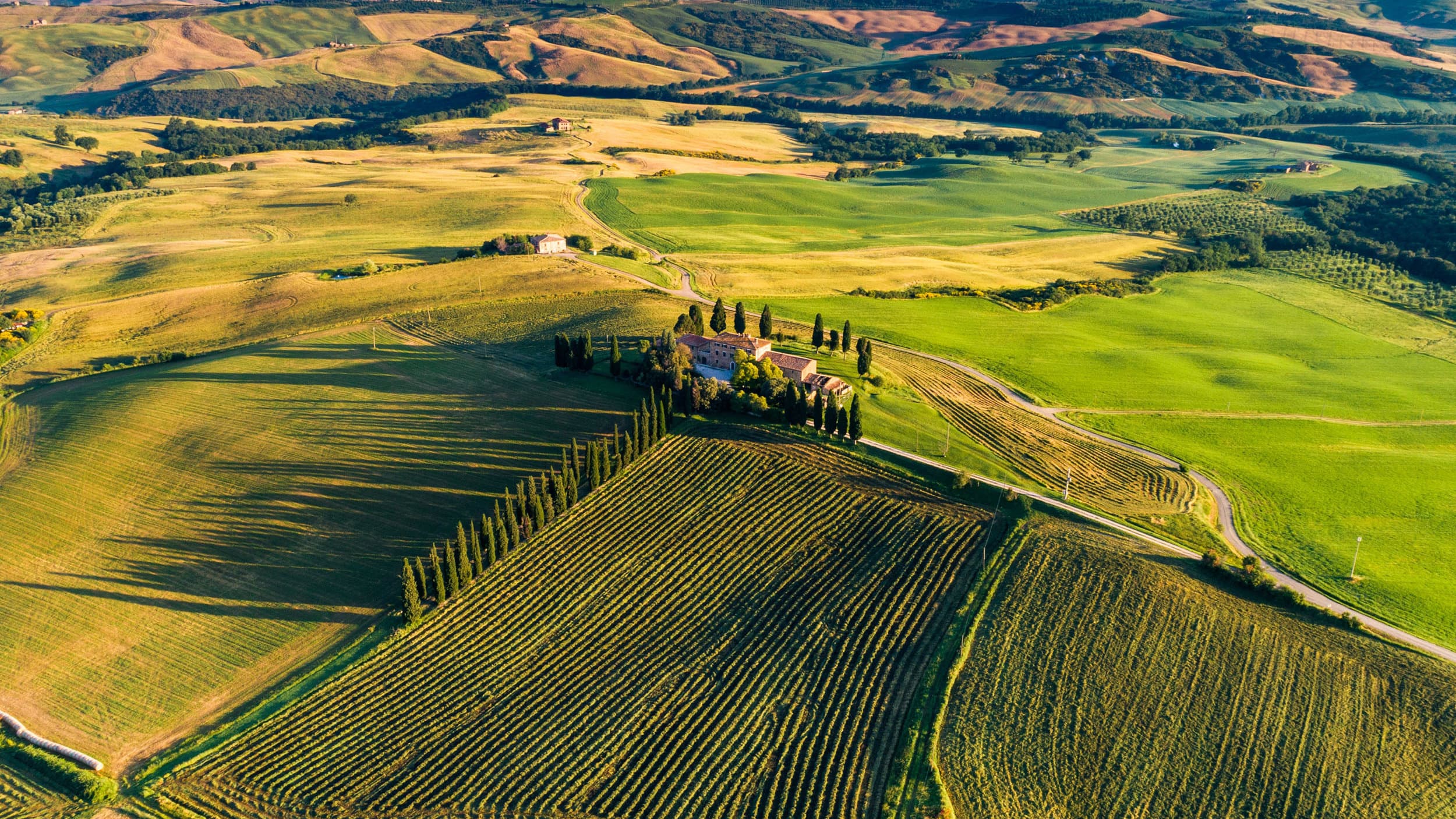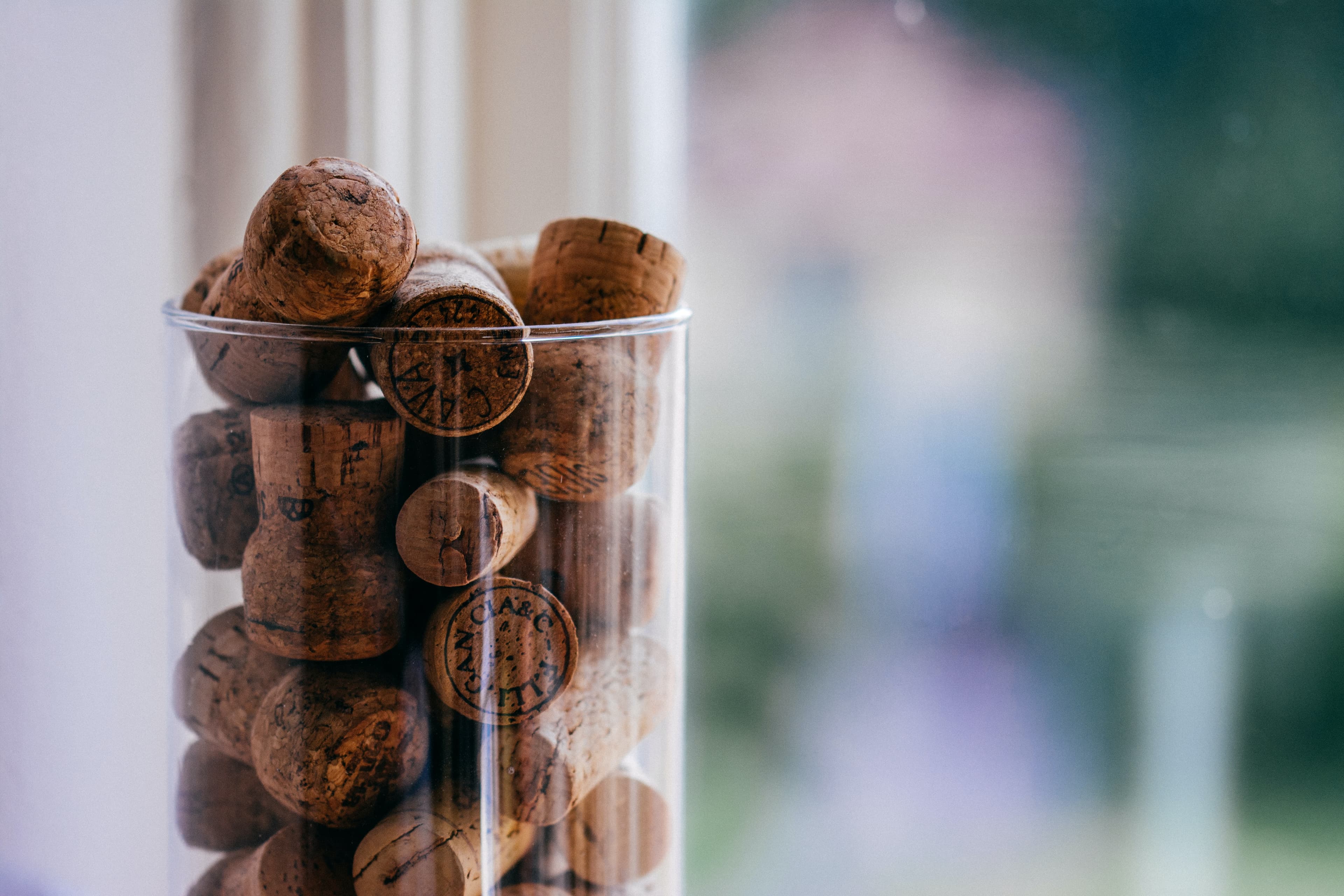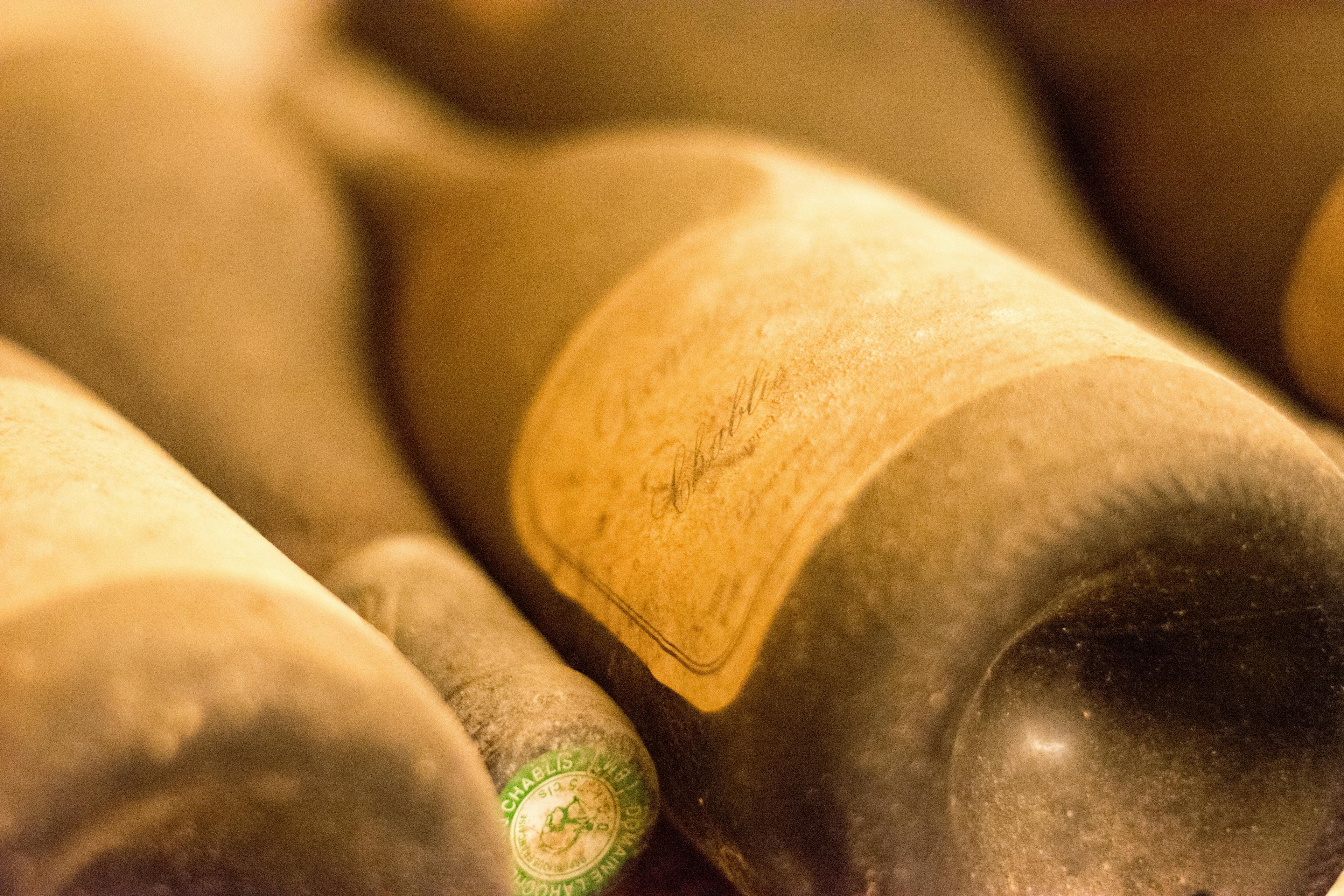
Exploring the world of fine wines can be a transformative experience, especially when it comes to understanding how to properly serve prestigious labels like Gaja. This Italian wine, known for its depth and complexity, requires a certain finesse to fully appreciate its qualities. In this guide, we'll delve into the nuances of temperature, glassware, and timing to ensure that every sip of Gaja is as rewarding as it is intended to be. Whether you're a seasoned sommelier or a curious enthusiast, mastering the art of serving Gaja will elevate your wine tasting experiences to new heights.
Understanding the Ideal Serving Temperature
When serving Gaja, the temperature at which the wine is served can significantly influence its flavor and aroma. To fully appreciate the nuances of popular vintages, it's crucial to serve them at the ideal temperature. Red wines, including those from Gaja, typically showcase their best characteristics when served between 60°F and 65°F. This range helps to balance the tannins and acidity, enhancing the wine's complexity.
For white Gaja wines, a slightly cooler temperature is preferred. Serving these between 50°F and 55°F will emphasize their crispness and structure, allowing the floral and fruity notes to shine. It's important to avoid serving white wines too cold, as this can suppress some of their delicate flavors.
Decanting: Decanting Gaja reds for about 30 minutes to an hour before serving can also help in tempering the tannins and releasing the aromas.
Storage: Store wines in a cool, dark place to maintain their quality until they are ready to be served.
Glassware: Using the right glassware enhances the wine tasting experience, with wider glasses for reds and narrower ones for whites.
Decanting Gaja: Is it Necessary?
Decanting Gaja wines, particularly those of high quality and age, is often debated among wine enthusiasts. The primary purpose of decanting is to separate the wine from any sediment that might have formed and to aerate the wine, allowing it to fully express its aromas and flavors. However, whether this process is necessary for Gaja specifically depends on several factors:
Age of the Wine: Older vintages of Gaja, which are likely to have developed sediment, generally benefit from decanting. This allows the sediment to be removed, ensuring a clearer and more pleasant drinking experience.
Type of Wine: Gaja produces both Barbaresco and Barolo wines, which are known for their robust structure and tannins. These types of wines can often improve with decanting, as it softens the tannins and opens up the flavors.
Personal Preference: Some wine drinkers prefer to drink wine that has had some exposure to air, believing it enhances the wine’s qualities. Others might prefer the more direct and unaltered taste of wine straight from the bottle.
For those looking to store their Gaja wine optimally before deciding whether to decant, proper storage is crucial. Keeping the wine in a cool, dark place, away from vibrations and at a consistent temperature, will preserve its quality and age potential.
Selecting the Right Glassware for Gaja
When serving Gaja, the selection of appropriate glassware is crucial to fully appreciate its nuances. The right glass can enhance the wine's aromas and flavors, ensuring a superior tasting experience. Here are some tips to help you choose the best glassware:
Opt for Larger Bowls: Glasses with a larger bowl allow Gaja's complex aromas to adequately develop. A wider opening also makes it easier to smell the wine, which adds to the overall sensory experience.
Consider the Shape: Specific shapes can enhance different types of wine. For Gaja, a glass that tapers slightly at the top is ideal as it helps concentrate the aromatics, making each sip richer and more flavorful.
Material Matters: Crystal is often preferred over glass as it is thinner and smoother, which helps in the subtle release of flavors and aromas. Crystal also adds an element of elegance to your wine presentation.
Pay Attention to Quality: The craftsmanship of the glassware should not be overlooked. High-quality glassware not only improves the drinking experience but also ensures durability and better handling.
By carefully selecting glassware that complements the characteristics of Gaja, you can significantly enhance your enjoyment of this exquisite wine.
The Role of Aeration in Enhancing Gaja's Flavors
Aeration plays a crucial role in enhancing the flavors of Gaja, a prestigious wine known for its depth and complexity. When wine is exposed to air, it undergoes a process called oxidation, which can significantly alter its flavor profile. For Gaja, this exposure helps soften the tannins and releases a bouquet of aromatic compounds that might otherwise remain locked within the liquid.
Decanting Time: Depending on the vintage, Gaja may benefit from being decanted for one to three hours before serving. This allows ample time for oxygen to interact with the wine, enhancing its flavors and aromas.
Temperature Matters: Serve Gaja at the right temperature, typically around 60-65 degrees Fahrenheit, to maximize the effectiveness of aeration. Too cold, and the flavors will be muted; too warm, and the alcohol may overpower the subtleties.
Glassware Choice: Using the correct glassware is essential. A wide-bowled glass increases the wine's surface area exposed to air, facilitating better aeration.
Pouring Technique: Pour slowly to let the wine trickle down the sides of the decanter, which increases its exposure to air.
For more detailed facts about Gaja, understanding its unique characteristics can further enhance your tasting experience.
Serving Size: How Much Gaja to Pour
When serving Gaja, a prestigious Italian wine, the amount poured into each glass is crucial for optimal enjoyment. Typically, a serving size of 4 to 6 ounces is recommended. This quantity allows the wine's complex aromas and flavors to be adequately appreciated without overwhelming the palate.
Temperature Matters: Serve Gaja at 60-65 degrees Fahrenheit to enhance its unique characteristics.
Glassware Choice: Opt for a large, tulip-shaped glass to facilitate proper aeration, letting the wine breathe and releasing more of its intricate bouquet.
Decanting: For older vintages, decanting might be necessary to separate the wine from any sediment that could have formed, ensuring a smoother tasting experience.
Pouring Technique: Pour slowly to avoid agitating the wine too much, which can alter its natural flavors.
Understanding the history of Gaja can also enrich the tasting experience, connecting you to the traditions and meticulous care behind its production. Each sip becomes a reflection of the wine's storied past and the dedication to quality that has defined the Gaja family for generations.
Pairing Gaja with the Right Occasion
Pairing Gaja with the right occasion involves understanding the unique characteristics of this prestigious wine. Originating from Italy's Piedmont region, Gaja is celebrated for its complexity and elegance, making it suitable for various significant events. Here are some ideal settings to enjoy Gaja:
Formal Dinners: Impress guests with Gaja's sophisticated profile at gala dinners or important business gatherings. Its depth pairs wonderfully with elaborate dishes, enhancing the dining experience.
Celebratory Events: Whether it's a milestone birthday, an anniversary, or a career achievement, Gaja serves as a perfect toast to special moments. Its luxurious nature adds a touch of grandeur to celebrations.
Intimate Gatherings: Enjoy Gaja in a more personal setting, such as a family reunion or a dinner with close friends. Its nuanced flavors can spark engaging conversations and create memorable experiences.
Wine Tasting Events: Showcase Gaja at a themed wine tasting to highlight its distinctiveness among other Piedmont wines. Participants will appreciate the opportunity to explore its layers and discuss its craftsmanship.
Choosing the right occasion enhances Gaja's ability to shine, making every sip a testament to its storied heritage.
Preparing the Bottle: Cork Removal and Inspection
When preparing a bottle of Gaja for serving, the first step involves the careful removal and inspection of the cork. This process is crucial as it can significantly influence the overall experience of enjoying this prestigious wine. Begin by selecting a proper wine opener, ideally a waiter's friend or a winged corkscrew, to ensure a smooth extraction without damaging the cork.
Inspect the Cork: Once removed, examine the cork for any signs of mold or deterioration, which could indicate potential issues with the wine's storage conditions.
Check for Crumbles: Ensure that no small pieces of cork have fallen into the wine. These can alter the purity and taste of Gaja.
Smell the Cork: A quick sniff can give you a preliminary idea of the wine’s condition. It should smell like the wine itself, without any off-putting odors.
Prepare for Decanting: If the cork is intact and the wine smells fine, proceed to decant the wine if necessary, especially for older vintages, to separate it from any sediment that may have formed.
This meticulous attention to detail will enhance your wine tasting experience, allowing the true character of Gaja to shine through.
The Importance of Serving Order for Different Gaja Wines
Serving order plays a crucial role in maximizing the taste experience of Gaja wines, a prestigious name in Italian viticulture. When hosting a tasting session, the sequence in which these wines are presented can significantly influence guests' perception and enjoyment. Here are some guidelines to ensure each variety shows its best characteristics:
Start with Lighter Wines: Begin with the younger or lighter-bodied wines. These are typically less complex and will not overpower the palate before heavier, more robust varieties are introduced.
Progress to Reds: After the lighter wines, move on to the reds, starting from those with less tannin and progressing to those with more robust profiles. This allows the palate to adjust gradually, appreciating the depth and structure of each wine.
End with Specialties: Conclude the session with any special or reserve bottles. These often have the richest flavors and complexities, making them perfect as a finale, where their profiles can be thoroughly appreciated without the influence of previously tasted wines.
By carefully planning the serving order, each Gaja wine is given the opportunity to make a memorable impact, enhancing the overall tasting experience.
Tips for Presenting Gaja at Formal Events
When presenting Gaja at formal events, elegance and compatibility are key considerations. To enhance the experience, selecting the right food pairings is crucial. Here are some tips to ensure your Gaja shines:
Temperature Matters: Serve Gaja at the ideal temperature to accentuate its flavors. Typically, reds are best at slightly below room temperature, around 16-18°C, while whites excel when chilled to 10-12°C.
Glassware Choice: Opt for high-quality glassware that complements the type of Gaja being served. A proper glass will enhance the wine's aroma and flavor profile, making each sip a delight.
Decanting: For older vintages, consider decanting to separate the wine from any sediment and to aerate it, allowing the flavors to fully develop.
Sequence of Service: Serve lighter wines before heavier, more robust ones. This progression keeps the palate fresh and ready to appreciate the depth of each variety.
Complementary Flavors: Pair Gaja with dishes that complement its profile. For instance, a robust Barbaresco pairs wonderfully with rich meats, while a crisp Gavi is delightful with seafood.
By following these guidelines, the Gaja's qualities are highlighted, making any formal event a memorable experience.
Common Mistakes to Avoid When Serving Gaja
When serving Gaja, a prestigious wine from Italy, certain common errors should be avoided to fully appreciate its quality and complexity.
Serving Temperature: Often, Gaja is served either too warm or too cold, which can significantly affect its aroma and flavor profiles. Ideally, reds should be at 60-65°F and whites at 50-55°F.
Decanting Time: Another frequent oversight involves insufficient decanting. Gaja wines, particularly the reds, benefit greatly from being decanted for at least an hour to open up their flavors.
Glassware Choice: Using inappropriate glasses can also detract from the experience. Reds are best enjoyed from larger, rounder glasses that allow the wine to breathe, while whites excel in slightly narrower glasses to concentrate the aromatics.
Pouring Quantity: Overpouring is a common faux pas. A standard pour of wine should be about 5 ounces. This ensures that the wine has enough room in the glass to swirl and release its bouquet.
By avoiding these mistakes, one can truly honor the tradition and craftsmanship behind Gaja, enhancing both the tasting experience and the enjoyment of the wine’s intricate layers.
Conclusion
In conclusion, serving Gaja wine with the right technique not only enhances the tasting experience but also respects the rich heritage and meticulous craftsmanship behind each bottle. From selecting the appropriate glassware to mastering the correct serving temperature and decanting process, every step is crucial in unfolding the full spectrum of aromas and flavors that Gaja wines have to offer.
At Rekolt, we understand the importance of preserving the integrity and quality of fine wines like Gaja. That's why we offer specialized services such as professional cellar storage, ensuring that your investment remains in pristine condition, ready for the moment you choose to uncork it. Whether you're planning to enjoy your Gaja at a special event or considering its potential for resale, our storage solutions provide the perfect environment to maintain and even enhance the wine's value over time. By choosing Rekolt, you ensure that every bottle is served at its absolute best, making every glass an exquisite experience. Trust us to handle the finer details, leaving you to savor the profound pleasures of Gaja wines.
Share this article
